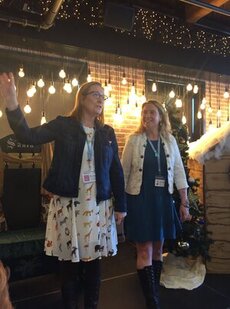 Kristen and Heather at the launch of AN ASSORTMENT OF ANIMALS. Kristen and Heather at the launch of AN ASSORTMENT OF ANIMALS. ~ Guest post by Heather Kelly and Kristen Wixted Hold onto your hats, folks, this will be a long post. But our goal is to give you a blueprint for following your dreams of holding your book in your hands! It’s Heather Kelly and Kristen Wixted here, publishers and editors at Writers’ Loft Press and Pocket Moon Press. Not only do we indie-publish our own stuff, but we publish anthologies and mentor other writers to publish their own work. Check out our previously published anthologies: Firsts, An Assortment of Animals, Friends & Anemones, and Heather’s workbook to help you get the writing done, Jumpstart Your Writing in 30 Days. Today we’re going to take you on a journey to publication using Tom Franklin’s brand new steampunk Middle-Grade adventure story, The Pterrible Pteranodon, as a guide. THE MECHANICS: Tom started with a very clean draft that had been critiqued and edited. Pro Tip: Throw your manuscript into Pro-Writing Aid for a final polish! We recommend hiring freelance editors and copy editors at places like ALLi—the Alliance of Indie Publishers, Reedsy, or other indie-friendly forums. Next, Tom hired Robert Thibeault to create a genre-specific cover. Tom did his research by checking out his genre bucket at Amazon. Make sure to check out your genre-bucket best-sellers at Amazon before you choose a type of cover. For example, here are the best sellers of middle-grade steampunk at Amazon: Robert Thibeault designed an amazing and genre-specific cover: Hopefully, you can see how it would not only fit alongside the books in its genre but also stand out. It looks great as a thumbnail. Very important in this digital age! Pro Tip: Choose a type of cover that sells well in the genre. What you love as a book cover might not be what your reader loves. Sometimes as authors, we have to put our personal preferences aside! Here’s a closer look at Tom’s cover, so you can see the details: You can see here how an artist and book designer make a cover—it wraps around. Isn’t that cool? REACHING YOUR READERS: While Tom was waiting for his cover art masterpiece, he put up a freebie so people would sign up for his mailing list. Having an email list—direct contact with fans—is the most important piece of the publishing puzzle. Without this, every time you publish a new book, you start from scratch looking for fans. Tom gave away the first few chapters of his book and audio files of his book to entice people onto his list. Check it out here. Go ahead and sign up—Tom is going to KICKSTART this book, and you get to walk through the steps with him! (See the countdown page here!) Don’t just hide your freebie and the sign-up to your list on your personal website—plug it into one of the sharing sites that go directly to fans. Right now, two of the biggest sites are BookFunnel and StoryOrigin. Using sites like these, Tom doubled the number of fans he had on his list! Pro Tip: Story Origin is still in beta, so it’s currently FREE to use! Nothing beats free! Once you have fans, interact with them on a weekly or regular basis. Use email companies like MailChimp or mailerlite to do this professionally. Pro Tip: Make sure to consider who your fans are and give them what they are looking for! Remember that the people who sign up for your list are readers of your genre (or parents of the readers) and not just other writers or your friends. Formatting/Book Design: Use a program like Vellum (only for Macs) to format the inside of your book, or use the free program at Reedsy. Reedsy is a great one-stop-shop for finding indie-publishing support in general. PRODUCTION: While growing his email list, Tom finished all the production pieces. Here’s a list you can use:
Upload all the pieces (formatted correctly) along with the final cover artwork to Ingram Spark. Pro Tip: if you pay to be a member at ALLi you get a code for free uploads and Kindle Direct Publishing (KDP has free uploads. Upload your ebook to KDP and choose to either have your book in Kindle Unlimited or use a distributor to go wide (like Draft2Digital) Pro Tip: Sites like Ingram Spark and KDP are often wonky, so make sure to save all your keywords and descriptions and bios elsewhere and paste them in. We have had some tense moments in the past! Pro Tip: You can purchase keywords that work in your genre at K-lytics, KPD Spy, or Publisher Rocket, to attract the right online buyers. Oftentimes as authors, it’s hard for us to think about what search words readers use! These keywords help people find your book when they search for it. If this seems like it’s a costly process, it can be. We generally budget $1,000 for a novel. (For an original cover like Tom’s from an artist, it’s much more!) But you can publish on a shoestring budget, by buying your cover premade (there are so many sites to use--just search for ‘premade book cover’) or by bartering. If you know someone who is a cover designer, and you are a great editor, trade those skills! Pro Tip: It’s okay to publish with the budget you have and then upgrade things as you go! FIND YOUR "WHY?" One of the most important questions to ask, before you start this process, is, “Why?” Why are you indie-publishing? If you want to see your book in your local bookstores:
If you want to make the most money you can:
Whatever you do, don’t go it alone. Some of the best resources for authors starting out on the Indie-pub path are Joanna Penn’s podcasts, the Facebook Group 20 Books to 50K, and joining an indie pubbing group. We have a virtual one at the Writers’ Loft if you’d like to join (email [email protected] to get on the email list). It’s run by Dave Pasquantonio who is also a freelance editor and knows a ton about book promotion. We promise, once you get going, things get easier, because you keep running into the same people, the same sites, and most of the people you run into are very supportive! So that’s another part of the job—be supportive of your fellow writers. Pro Tip: Don’t shortchange your readers—oftentimes the beautiful things that we love about books are simple enough for indie-publishers to achieve. See the gears that Tom added to each page number, the way his cover artist put the Pocket Moon Press logo into a gear, and how Tom invites his reader to read on into the next adventure! Phew, we covered a lot, right? Thanks to 24 Carrot Writing!
Feel free to leave us questions in the comments! Just out of curiosity, did we make you open up a billion tabs? We might just give a prize for the person who fesses up to opening a ton of tabs! Heather generally has at least 25,000 tabs open on her screen on any given day. (Let us know in the comments and we’ll pick someone at random.) Did you sign up for Tom’s email list so you can follow his further adventures in Kickstarting? We can’t wait for that process. (That’s another blog post)!
4 Comments
 by Milanka Reardon My first children’s book illustration job had a non-traditional start. Eric Bennett, the owner of a penguin gift shop in Western Massachusetts, found my portfolio on my website through a friend in one of my SCBWI critique groups. He was working on a sequel to his 2014 self-published book about a penguin (Noodles) and a fish (Albie). I had been asked to work on self-published books before, but I had been advised to be wary of agreeing to projects that did not have the commitment of an agent or a publishing house for all the traditional reasons: the risk of low sales, a high workload, uncertain paychecks, and stigma from traditional publishers. But the first Noodles and Albie had sold almost 1,000 copies already, and I was looking for an opportunity to expand my portfolio and gain experience. I decided to read the manuscript. In the sequel, Noodles and Albie’s Birthday Surprise, Albie is looking for the perfect birthday present for Noodles, whose birthday happens to be on Christmas Eve. Albie settles on a compass—just the device a frustrated Kris Kringle needs when his GPS fails and leads him off course! And as soon as I read the manuscript, my mind began working through illustration possibilities: mid-way through the book, Noodles and Albie visit an underwater amusement park. While the text did not describe it in much detail, I could already see the “Octowhirl” in my head—a giant octopus ready to spin the characters around as if the tips of his tentacles were seats on a ride. I was in. Traditionally, the art director at a publishing house chooses the illustrator, not the author. But working with an author in the self-publishing realm allowed me to learn a great deal about the process of visual story-telling, communication about the direction of the book, and working through contracts. I reached out to one of my Rhode Island School of Design Continuing Education teachers, who gave me a sample contract that I could use as a guideline and adjust it to meet the specifics of my project. The contract specified payment details, including my upfront fee, when I would be paid, and what percentage of royalties I would earn if the book sold a certain number of copies. It also specified the finals timeline and the number of revisions I was willing to do. I made sure I maintained the right to my original artwork, that I would be able to use the illustrations for promotional materials, and that there was a “kill fee”—an amount we agreed I would be paid if I finished the illustrations and the book did not go to print. The part about maintaining the right to my original artwork was important to me. Aside from loving the story and having fun coming up with ideas for the text, one of the reasons I decided to take this particular self-publishing job was to add new illustrations to my portfolio that will hopefully attract art directors or future collaborators. Within days, the contract was signed and accepted. I was ready to start illustrating my first picture book! Now to the fun part - the illustration process! I was ready to create the main characters and did a lot of sketching. However, the images of Noodles and Albie were already set up in the first book. This was my first big dilemma: should I imitate the original book, or work on the characters in a way that felt truer to my own illustration style? Luckily, the author gave me artistic freedom. He said that he envisioned the characters a little bit older in the sequel. Instead of being a baby penguin with grey colors, Noodles is a spunky 6- or 7-year-old in this book, and his coloring is that of a one-year-old penguin: black and white. But I still had to work with the guidelines that the author gave me, such as the detail that Noodles always wears a blue baseball hat. In self-publishing, the author acts as the de facto art director. Here are some first sketches of the main character, Noodles: And this is how Noodles looks in one of the final sketches and the final painting in the book: Next, I started creating the world that my character lived in. I had a lot of fun with this. It involved a lot of research including a trip to the New England Aquarium with my nephews. I used this trip not only to research but also to see what excited the boys. I spent a lot of time observing, sketching and taking photos for reference at home. There were some sea creatures that had to be included in this world to create some drama in scenes where Noodles loses his compass and he and Albie chase it down. Also, the author wanted a Polar Kingdom underwater amusement park with an “Octowhirl” ride which was a great idea because the octopus’ movements at the aquarium were mesmerizing and I couldn’t wait to paint one! Here are some of the sketches and the finished paintings: Before I started the finished paintings, I completed a 32-page storyboard with the final sketches. The author loved the storyboard and the interplay of text and visual storytelling but he had definite ideas about what he wanted in this book. We worked back and forth and changed some things and added others. I was lucky that we had a good working relationship and that he trusted my judgement on most of the illustration process. It helped that I also respected his ideas. This process would be different when working with a traditional publisher because the author wouldn't be communicating directly with the illustrator. The art director would provide feedback to the illustrator. I was happy that Eric hired a book designer to put it all together, and after a few delays the book came out late last year. I was a little nervous wondering how the book reviews would go. Happily, the first book reviewer loved the book and actually said that her favorite thing about the book were the illustrations. I breathed a sigh of relief as other nice reviews followed. But the work wasn’t done yet. Promoting the book involved a book signing at a bookstore and reading to a classroom of second to fourth graders. I was nervous about reading and speaking to a classroom full of children but armed with a stuffed penguin, a compass and an extra-large sketch pad, I was ready. The children’s enthusiasm and excitement to draw penguins on my sketchpad put me instantly at ease. There were so many teaching points for the children and myself. This will probably continue in the fall of this year because promoting the book is part of the continuing process, both in self-publishing and in traditional publishing. Illustration for the cover of Noodles’ and Albie’s Birthday Surprise, written by Eric Bennett and illustrated by Milanka Reardon: Milanka Reardon is Co-Illustrator Coordinator for New England Society of Children’s Book Writers and Illustrators. She recently illustrated her first picture book, Noodles' and Albie's Birthday Surprise by Eric Bennett. Her illustration of "A Beary Special Friend" won the R Michelson Galleries Emerging Artist Award at the NESCBWI 2016 conference. She lives with her family in Uxbridge, Massachusetts. You can see more of her artwork at MilankaReardon.com.
|
Peruse blogs for advice and tips from KidLit creatives.
Categories
All
Archives
April 2024
Click to set custom HTML
Click on the RSS Feed button above to receive notifications of new posts on this blog.
|
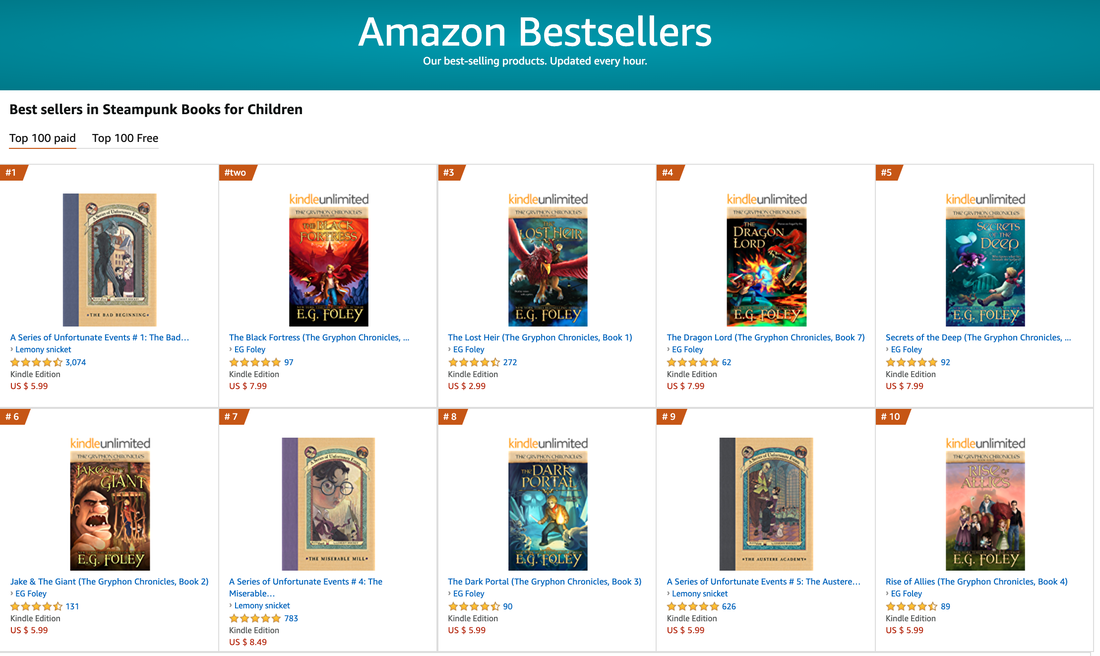
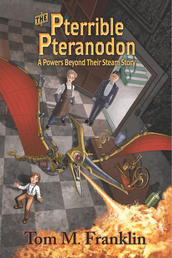

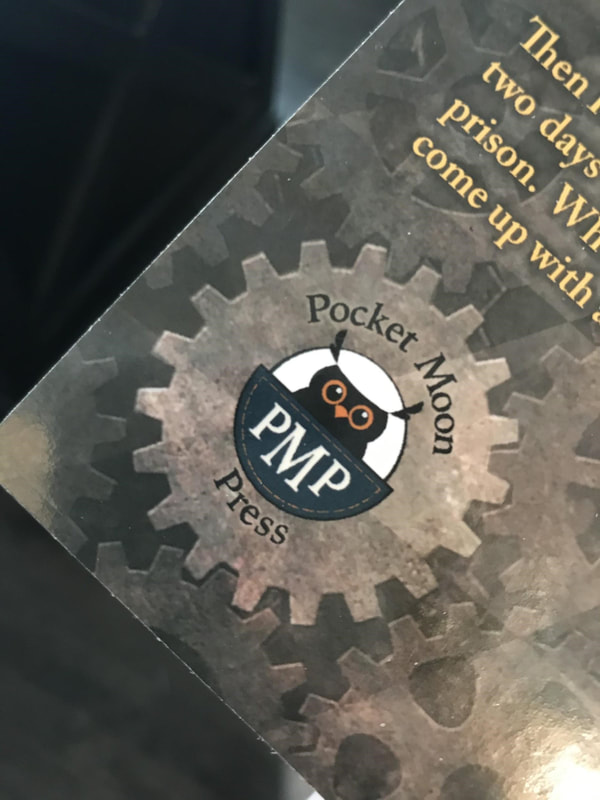
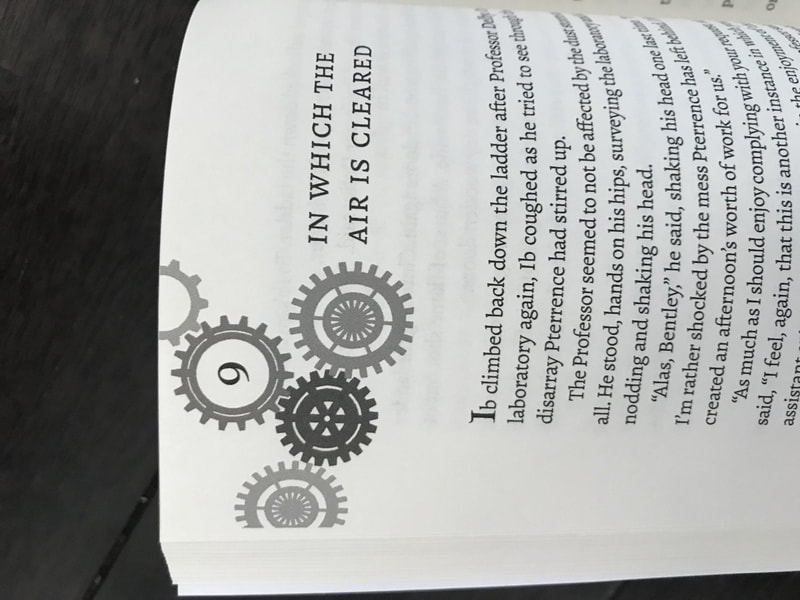
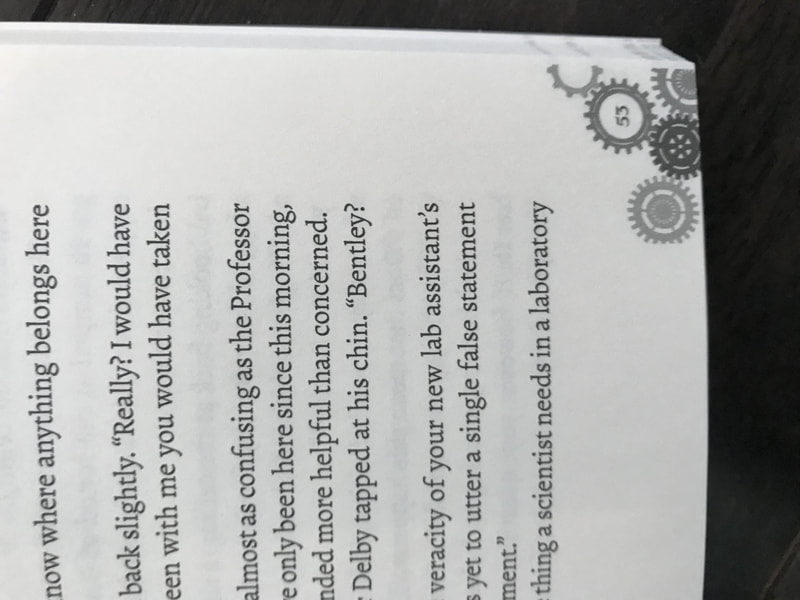
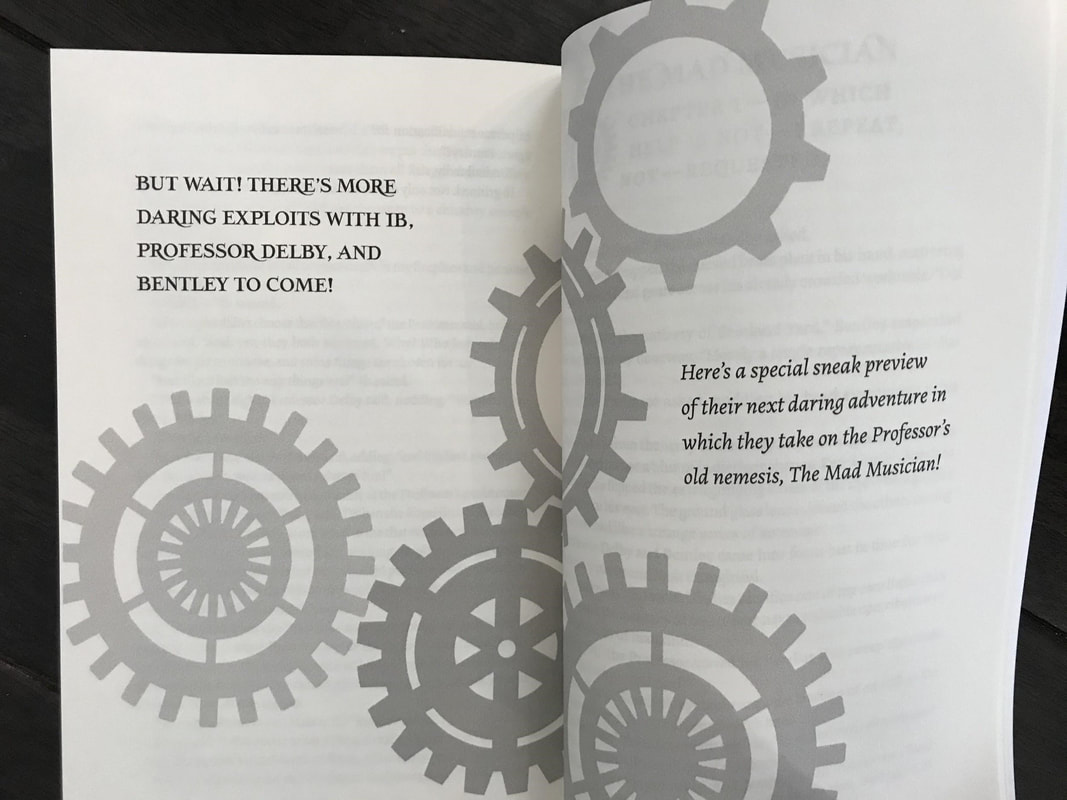
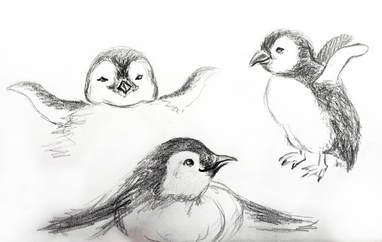
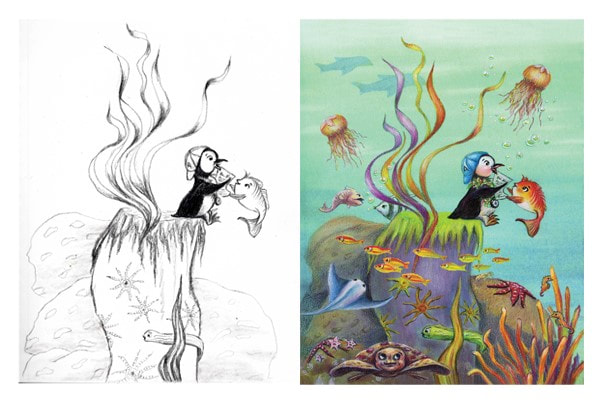
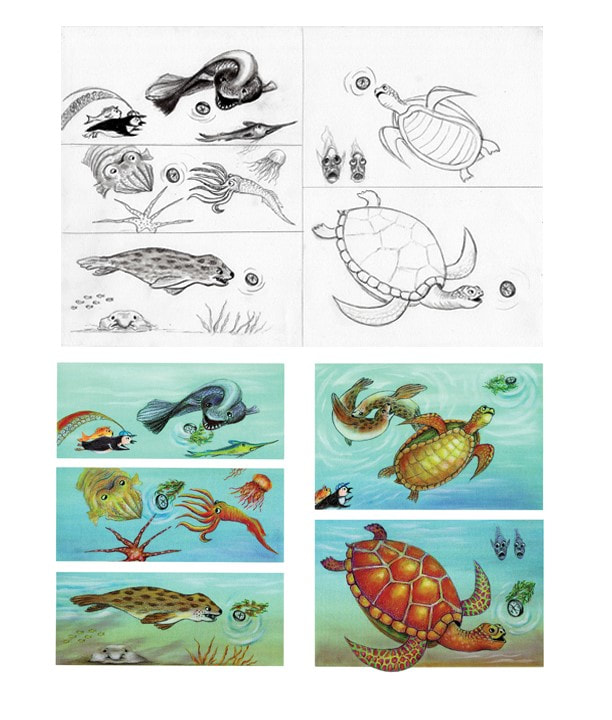
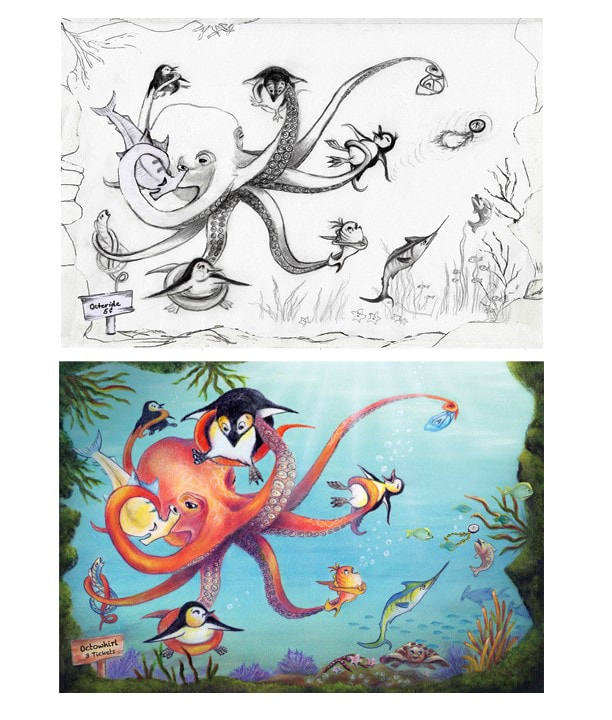
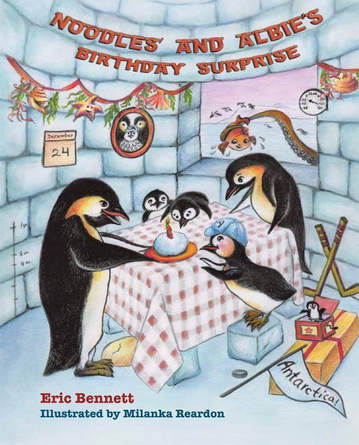
 RSS Feed
RSS Feed